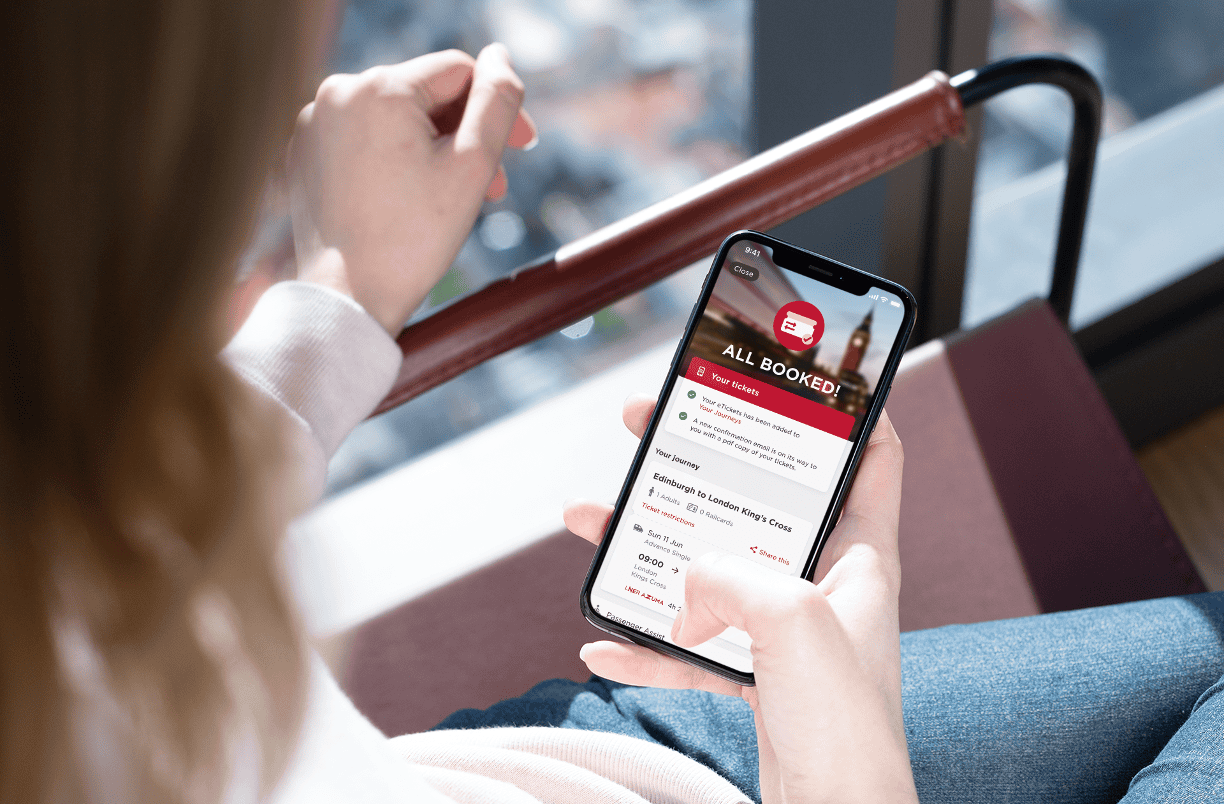
Outsourcing an IT project can be daunting. A quick search of the technology press reveals countless stories of outsourced IT projects running late, going massively over-budget and ultimately not delivering what had been hoped for.
Chances are, you’ve only got one opportunity to get yours right, so it’s essential you firstly choose the right partner. Who this is will depend on a number of factors, including the nature of your project and your own skills and capabilities. Secondly, you need to establish an effective working relationship with the partner, which is understood by your people and theirs.
To maximise the chances of your project succeeding, we’ve put together some of the things to consider as you outsource and run your project.
Before you go to market: Know your goals
Before you start looking for an outsource partner, define the business outcomes your organisation wants the project to achieve. A good external partner will want to understand these goals, so that its teams can advise you on the best technical solutions to meet them. The partner should also use these business goals to guide subsequent decision-making when working on your project.
While it can be tempting to start detailing the technical solution you want delivered, doing so risks missing out on the partner’s expertise. Instead, get them involved and draw on their experience, to benefit from their learnings across a range of sectors.
Choose the partner based on your project
It’s important you select the right outsource partner for the project you’ve got in mind.
How long will the software you’re commissioning need to be used? If you plan to keep it in service for many years, continually expanding and/or refining it, you’ll need an outsource partner skilled at building genuinely maintainable software. Conversely, if it’s a very short-term need you’re looking to meet, maintainability is much less important.
Secondly, consider who your users are. If the system is destined for a small number of power users, who know exactly how they want to use it, then designing the user experience is likely to be relatively straightforward. Contrast this with a system aimed at a wide userbase, all of whom need to be able to use it with little or no training. In this case, a well-designed user experience is essential, meaning you’ll want a partner with a strong track record in user-centred design.
Thirdly, will the supplier need to interact frequently with multiple stakeholders, potentially employing diplomacy to ensure everyone’s happy with the end result? If so, it’s helpful if the supplier is culturally aligned with your organisation, and potentially able to attend face-to-face meetings, at such time this becomes possible again. On the flipside, if it’s a project where the requirements are well-defined at the start and a supplier could deliver in relative isolation, then offshoring or near-shoring can be effective.
And fourthly, related to the notion of cultural fit, is the question of how well you feel you could work with the partner. It’s likely there will be technology-related questions you’ll need to answer over the course of your project. Can the partner’s people explain these choices in a way you and your team understand, so that you can make informed decisions? A good way to gauge this is to ask potential suppliers to talk about a recent project they’ve been involved with and what some of the technical challenges were. If they can do this in a way that makes sense to you, this is a sign you’ll be able to work well with them.
Assign a chief point of contact
Appoint someone to be the key point of contact between your organisation and the outsource partner (as well deputies to cover for illness and holiday). This person’s role is to handle all the day-to-day interactions with the partner, and is incredibly important for a number of reasons.
They’re the conduit through which feedback and requests are passed to the supplier. This avoids situations where inconsistent information is given to the partner by different people in your organisation, or requests are made for which there isn’t budget or time. This person should also handle any internal politics, so that the supplier always gets a clear and consistent message.
The key point of contact also assists your outsource partner when it comes to keeping the project moving within your organisation. For example, if the partner is ready to make a release, but is waiting for access to a particular system, your chief point of contact can leverage their knowledge and existing relationships within your organisation to liaise with the right people and get things done.
Forge a strong, honest working relationship
Lastly, the most successful outsourced projects rely on having a close working relationship between your organisation and your partner. There will inevitably be issues to resolve and mistakes to rectify along the way. It’s important the partner is willing and feels able to share these with you, without fear any error will subsequently be used against it.
Get to know the key people in the partner organisation, and have plenty of video calls (or face-to-face catchups, at such time as this is possible) to help foster this kind of trusting, open, working relationship.
Deliver on your business outcomes
Any IT project ultimately has business goals it’s designed to support. Achieving success requires you to choose the right partner for the project you’ve got to deliver, and then run it effectively. Following the steps we’ve outlined will help you maximise your chances of your project being held up as an exemplar of good IT outsourcing that genuinely delivers on business aims.


